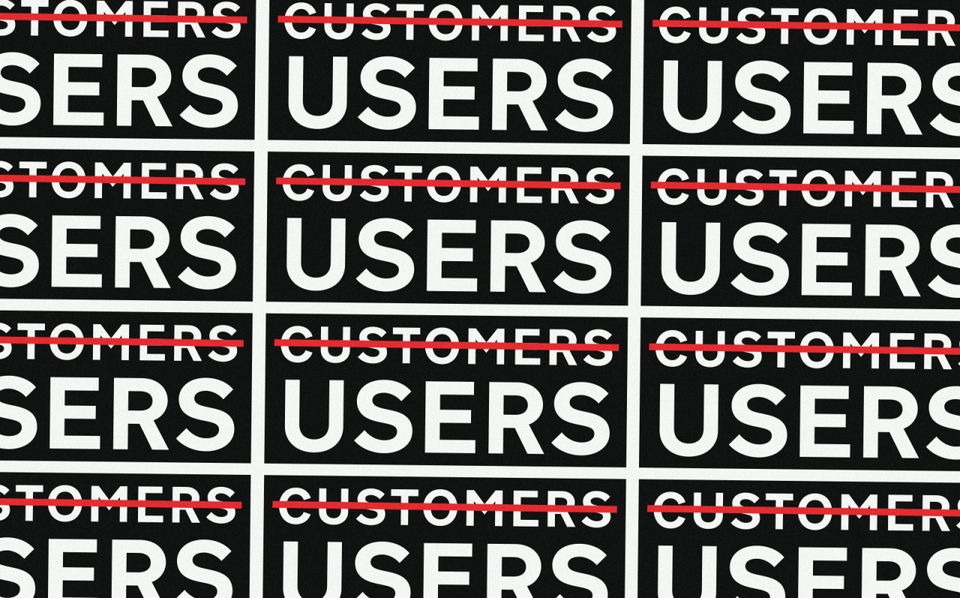3 tips on moving from the private to the public sector as a designer

Back in 2021, I was invited to share 200 words about going from the private to public sector as a designer for a GDS blog post. Being something of an overachiever, I wrote 3 different takes on what I’d learned. Only the first one ('from doing it all to trusting in a team') was used. There were plans to use the other ones in later posts, but that never happened.
I’ve decided to share this as something of the ‘extended version’ of my thoughts.
From doing it all to trusting in a team
In the private sector, I was a user experience (UX) designer, doing everything from wireframing to diary studies. However, when I switched to government I had to specialise. I started in user research and then switched to interaction design.
I had to let go of doing all parts of user-centred design, but I believe that it’s right. Given the importance of government services, all roles have best practices to follow and changes to keep up with. For example, when I was a user researcher, I had to follow rigorous recruitment practices and diligently share results. As an interaction designer, I know the nuances of using GOV.UK Design System patterns and the prototype kit.
However, being a specialist doesn’t mean working alone. A key part of the role is working with other people with complementary skills in a team. I never got to do this in the private sector, and now it’s my favourite part of the job. I love collaborating with a content designer and shaping a user-centred journey together. It’s also great to work with technical colleagues to understand the art of the possible and iterate designs based on user insights from user researchers and performance analysts.
Context before suggestions
I had a mixed introduction to government, in that I was seconded to working there while still employed by a digital agency. That agency embedded me in a government department for over 4 years.
The biggest consultancy lesson that I had to ‘unlearn’ was immediately offering suggestions. Consultants are trained to ‘add value’ by offering ideas from their first day with the client. This is because the engagements are usually short-term and well defined.
This isn’t how the public sector works, even for contractors (excepting teams on digital outcomes contracts). It can take years for a service to go through the delivery phases from discovery to live. What’s more, some of the constraints may be related to decades-old technical or organisational decisions. And in the public sector, some colleagues may have been around when those decisions were made.
I think that the advice from the management book “The First 90 Days” (and later its government equivalent, “The First 90 Days in Government”) to listen and learn the context before offering suggestions is particularly relevant to working in government. It may feel embarrassing to offer so little, but experienced public servants know that there’s a learning curve—one product manager said she expected me to need 6 months to fully understand the service landscape!
From second-guessing to adding based on need
When I worked in a consultancy as a user experience (UX) designer, there was often little budget to research and iterate. So, I put in lots of help icons with guidance into my journeys, and hoped that it was enough.
In government, we can research and iterate. I now start designs with as little content as possible, and add only when our research proves a need. It takes discipline to start with less, but is a lot easier when pairing with a content designer. Often when we take the screens into testing, we find that the information is, in fact, enough. Or, if we need to add more information, that it should be visible to all rather than hidden away, and sometimes need its own page.
We also do this with journeys. We start with a simple journey—split one thing per page—and add extra journeys until we find that the structure has to be redesigned.
I’m grateful to have the chance to work slowly and carefully, but also know that it’s also important. I’ve seen the difference that it makes for users with low digital skills or cognitive impairments. As the GOV.UK design principle says, we have to do the hard work to make it simple.
Member discussion